Ergonomics is not merely a buzzword; it's the science of designing tools, equipment, and workspaces to optimize human performance. Within this realm, the importance of chair depth in ergonomics stands out as a crucial component, determining how comfortable and supportive your seating experience will be. In this blog post, let's delve into the ergonomic chair depth, a critical aspect of ergonomics, to fully grasp its significance.

The Basics of Chair Depth
Chair depth refers to the horizontal distance from the front edge of the seat to the backrest. Proper measurement is essential to ensuring that the chair offers optimal support. It is the intersection of chair depth, seat height, lumbar support, and even your desk that shapes your ergonomic experience.
Ergonomics and chair depth are intimately linked. An ergonomic office chair should encourage a natural, comfortable posture that minimizes stress on your body. The chair's depth is a fundamental factor that determines whether it achieves this goal.
However, an ill-fitting chair can lead to poor posture, discomfort, and long-term health issues. The chair ergonomics dimensions, including depth, influence how you sit, affecting your spine's alignment, the support your lower back receives, and your overall comfort throughout the workday.
Relationships Between Ergonomics and Chair Depth
Proper spinal alignment is a very basic part of ergonomic design. Ergonomic chair design dimensions, when correctly adjusted, ensure that your backrest aligns with the natural curve of your spine, promoting comfort and reducing the risk of chronic back problems.
Besides, ergonomic office chairs often feature lumbar support mechanisms. Chair ergonomics measurements complement these features by cradling your lower back, alleviating pressure on the lumbar spine, and enhancing your comfort during prolonged sitting.
And chronic back pain is a common concern in office environments. Ergonomic chair design basics, including chair depth adjustment, are especially important in preventing such issues. By allowing you to find the ideal fit for your body, it minimizes strain and discomfort.
The Versatility of Adjustable Ergonomic Office Chairs
Modern ergonomic chairs frequently come equipped with adjustable features, including chair depth, seat height, backrest tilt, and recline options. These features empower users to tailor their chairs to their unique body proportions and preferences.
The ability to fine-tune chair depth, among other settings, ensures that everyone can find their ideal seating position. These factors work in synergy with chair depth to provide the best possible support, minimizing strain and discomfort, thereby enhancing comfort and productivity.
Customization and Comfort
Personalizing Chair Depth to Suit Your Body
Choosing an ergonomic office chair should involve considering your unique body dimensions and preferences. Factors such as height, thigh length, and preferred sitting posture all influence the ideal chair depth for you.
Armrests and Swivel Functionality Enhance Ergonomic Chairs
Ergonomic office chairs often include adjustable armrests and swivel functionality. These features further enhance your comfort and ability to maintain proper posture during work.
The Overall Impact of Ergonomics on Workplace Productivity
All in all, the importance of ergonomics in the workplace cannot be overstated. When combined with other ergonomic factors, chair depth ensures your comfort, minimizes the risk of musculoskeletal issues, and ultimately contributes to enhanced workplace productivity.
Conclusion
Ergonomics is a holistic discipline that considers every detail in the workplace. Chair depth, while just one component, is instrumental in creating a comfortable and productive workspace.
As you choose an office chair, remember that chair ergonomics guidelines are a critical factor in determining your comfort and well-being. By paying attention to this often-overlooked aspect of ergonomics, you can make significant improvements in your daily work experience. Check out Logicfox's high-end ergonomic chair and find the best one for you here!


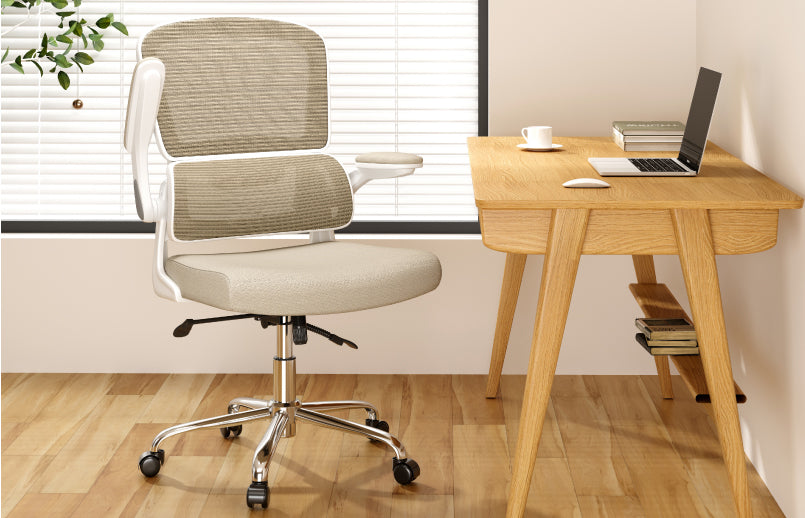
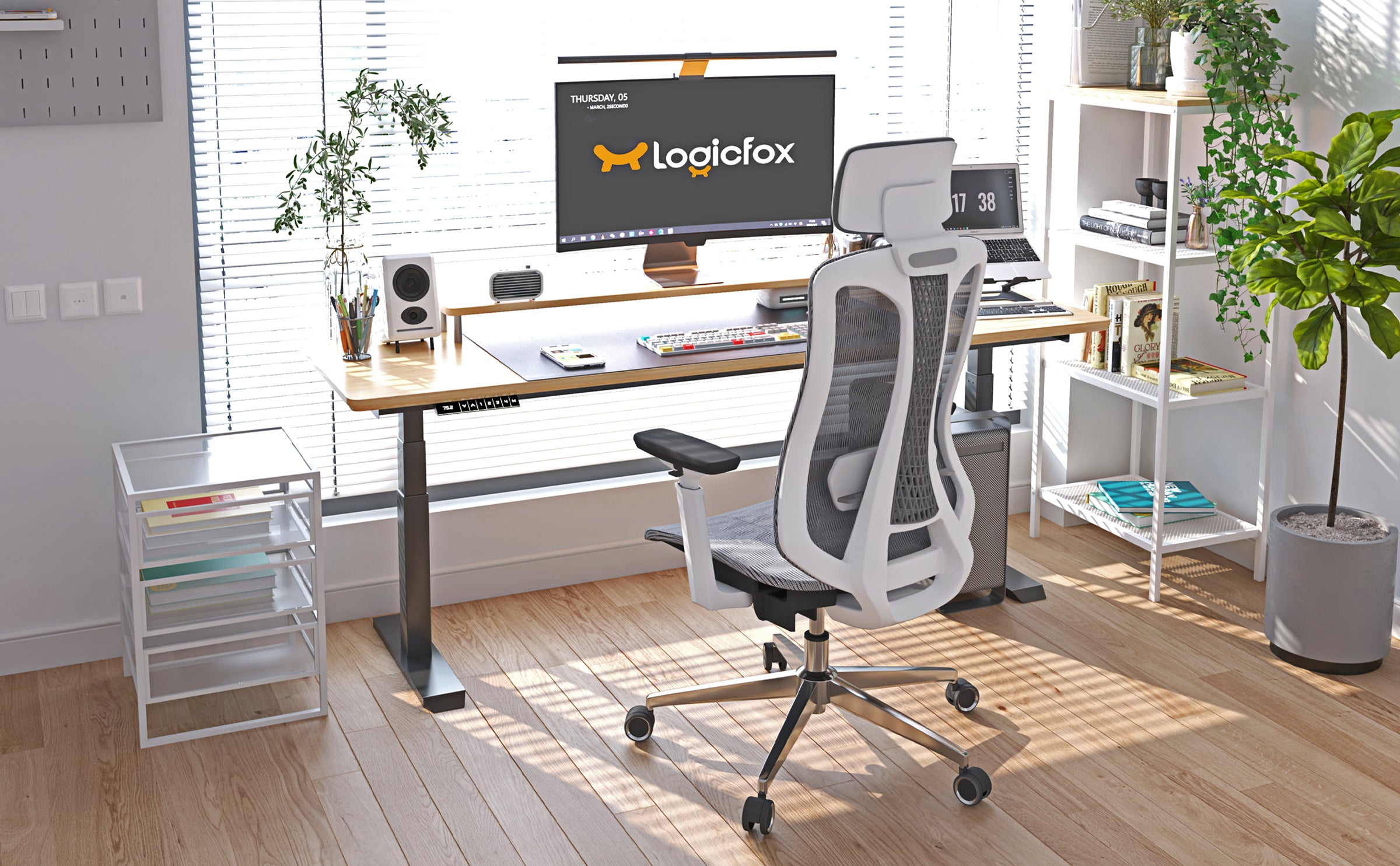
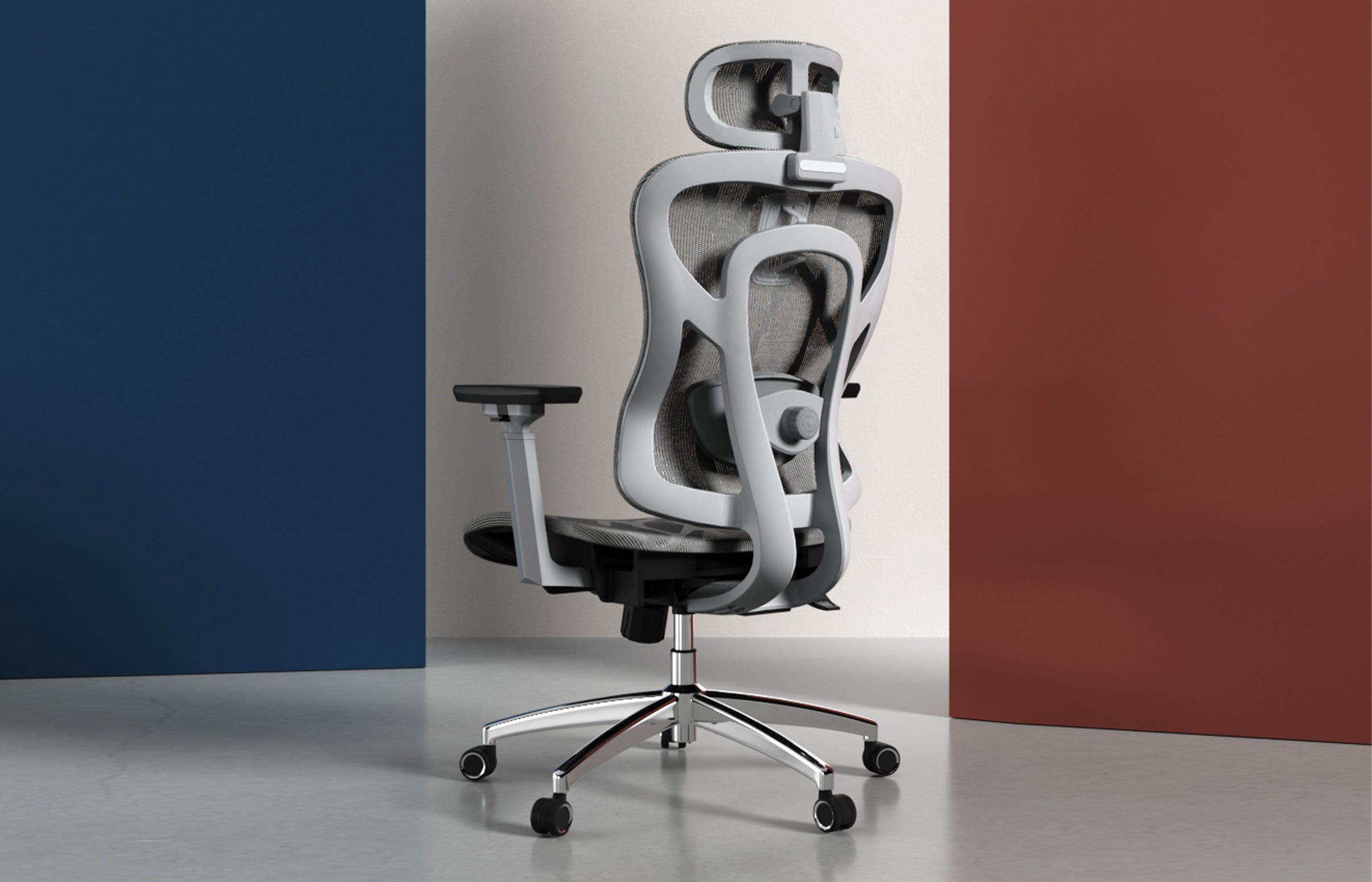
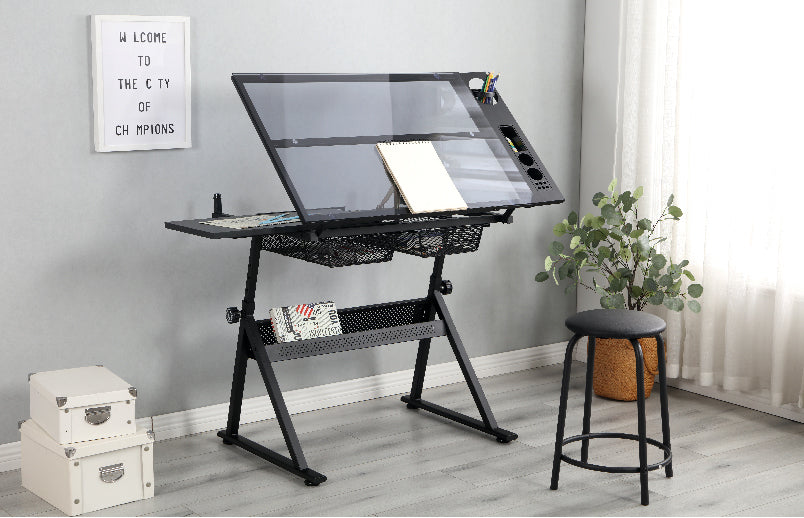
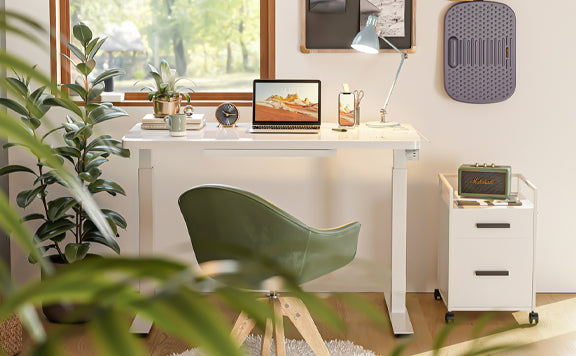
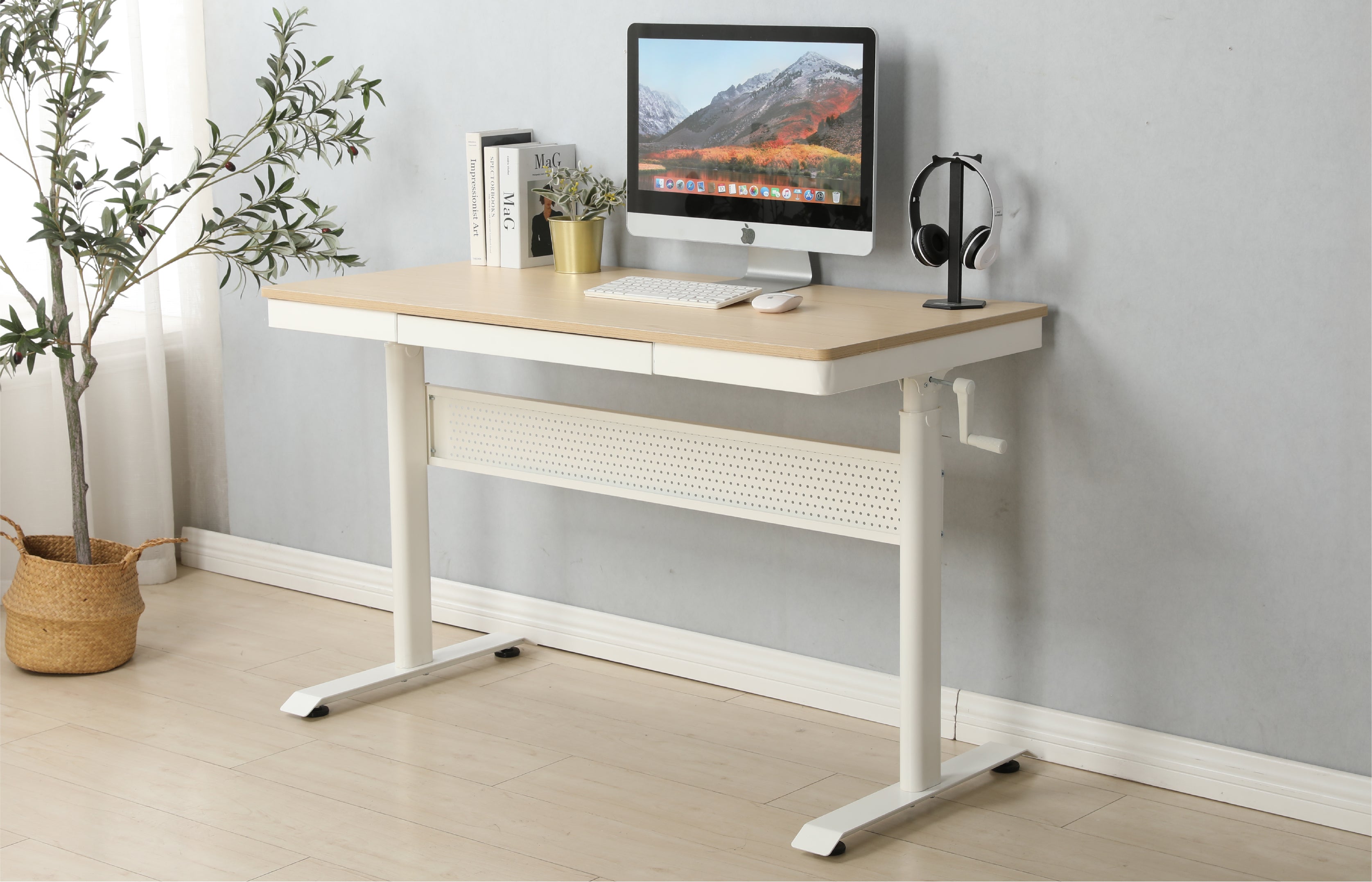







 United States
United States
Leave a comment